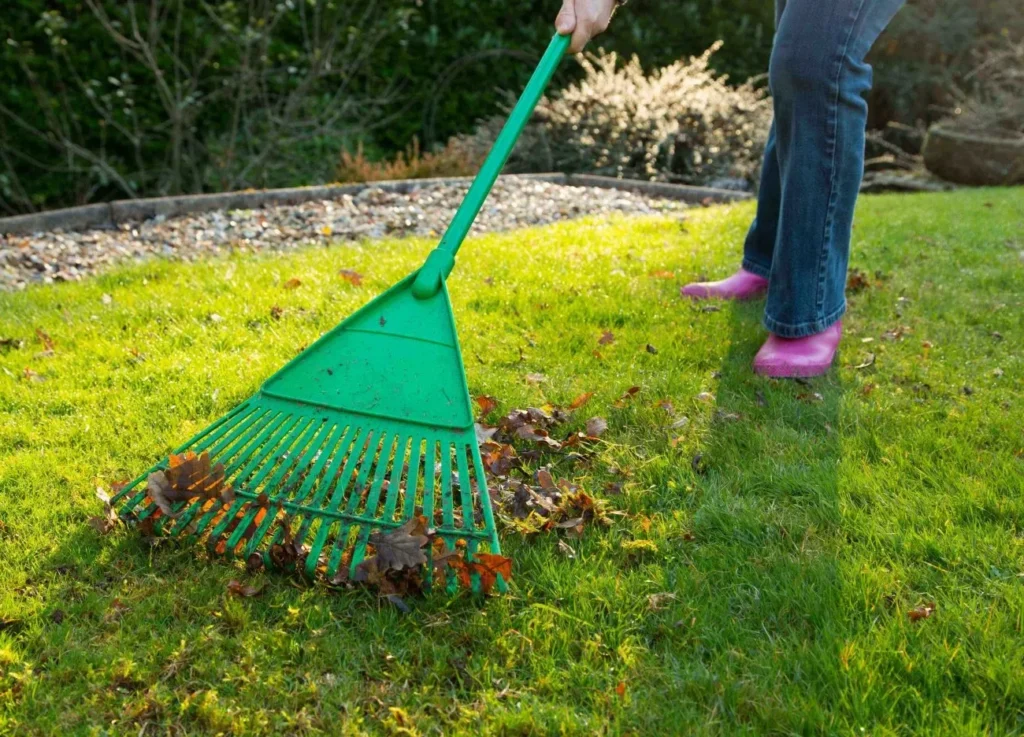
Garden Rake Essentials: Choosing the Best Tool for Garden
Discover the best garden rake for your gardening needs. Learn about different types, uses, and tips for choosing the perfect rake to keep your garden in top shape.
Introduction to Garden Rake
A garden rake is a commonly used tool, attached to a long handle, and has principles that allow it to serve several functions in the garden. Here the particulars of the primary aspects and functions of a garden rake and how the information can benefit both a beginner gardener and a horticulturist.
Types of Garden Rake
Overall, garden rakes come in different varieties for different purposes, although they mainly are used for smoothing. Here, we’ll explore the most common types:Here, we’ll explore the most common types:
1. Leaf Rake
A lawn rake or commonly referred to as a leaf rake is used for collecting loose materials such as leaves and light debris but which is designed with flexible tines and a fan like head to avoid damaging the lawn. It is especially useful for trimming the grass in the Fall time when leaves are very much present.
2. Bow Rake
The bow rake which is also known as the garden rake is sturdier and uses short and highly inflexible teeth. A rake is employed in operating through scooping the soil to have a rough surface, distributing the mulch and even the ground. This kind of garden rake is important in tilling of garden beds and spreading of certain materials into the gardens.
3. Shrub Rake
A shrub rake is a simplified version of a leaf rake, utilized to access tighter area and avoid damaging shrubs. Another great thing about the model is the size that is great for getting under bushes and between garden beds to collect the existing leaves and debris.
4. Thatch Rake
A thatch rake has thicker and sharper handles which are in curved slopes which is used for removing thatch, which is the layer of dead grasses and roots on the surface of the soil. This is a special type of garden rake that is used for supplying air and water back into the soil for the purpose of enriching the existing lawn.
5. Landscape Rake
One of the types of garden rakes with relatively narrow and flat teeth is a landscape rake or a gravel rake which is used when working with gravel, sand or soil during landscaping. It is useful for producing vast spaces that may be used for cultivation or creating routes.
Uses of a Garden Rake
Garden rake is an ideal tool that can be used in any gardening activities in the garden at times when basic weeding, digging or cultivation is not fully satisfactory. Here are some of the primary uses:Here are some of the primary uses:
1. Soil Preparation
When using the garden rake one is able to adequately prepare the garden for planting. It assist in the preparation of consolidated blocks of soil, stones, and debris and opens the soil to a level playing field. This is crucial in determining the right planting depth of seeds, and guaranteeing that seeds get in proper contact with the soil.
2. Mulch and Compost Distribution
People who are interested in gardening activities such as planting flowers, and vegetables or just beautifying their yards can use a garden rake to spread mulch and compost to plants to improve water retention, suppress weeds and enrich the soil. For this purpose, a bow rake is most preferable as the tines are very strong and they help in cleaning up the debris easily.
3. Clearing Debris
Trimming and removing dead foliage from your garden is a common chore that requires all-year-round dedication. For this, a leaf rake or shrub rake should be used because of the propriety for sweeping light materials without damaging the plants.
4. Leveling and Grading
For landscaping projects, the small garden rake is used to leveled soil as well as gravels and sands. This is quite important in that it provides a uniform setting for planting, laying concrete or installing structures within the garden space.
5. Thatch Removal
Thatch raking involves removing thatch from the surface of a lawn, and this is effective in enhancing healthy growth of grass since water, air as well as nutrients gets easier to penetrate the ground.
Choosing the Best Garden Rake
The best garden rake that one should choose depends on the following factors since one has to look at the job to be done, type of garden, and the individual’s preferences. Here are some tips to help you choose the best garden rake:Here are some tips to help you choose the best garden rake:
1. Determine Your Needs
Fig out the main jobs which require using the garden rake. The leaf rake is suitable for removing leaves and thin branches or any other light item moving about your yard. However, when it comes to soil preparation particularly leveling, a bow rake is more appropriate.
2. Consider the Material
They come in different forms – wooden handle with a sickle made of metal or plastic, or maybe complete metal or even complete plastic. There are metal and plastic rakes available, metal rakes are more stronger, heavier and comes handy on jobs which require high amount of work, whereas plastic rakes are light in weight and are more suitable for light jobs.
3. Check the Handle
The handle of the garden rake should ideally be easy on the grip and should be of an optimal length depending on the height of the person using the rake. Longer handles cause fewer string vibrations and that in turn helps in cutting out certain strains on the back.
4. Look at the Tines
The tines of the garden rake also have to be strong, and their distances depending on what is to be done with the equipment. In fight against leaves, the flexible tines are preferred while stiff tines are suitable for soil breaking up.
5. Test the Balance
Whichever roller or rake is chosen, a nicely balanced piece of equipment will be easier to use and the operator will not get tired as quickly. Ensure the rake is easy on your hands and not so massive that lifting it becomes a straining affair.
Maintenance Tips for Your Garden Rake
But to ensure that it lasts long, is effective and does not disappoint, then proper maintenance should be observed. Here are some maintenance tips:Here are some maintenance tips:
1. Clean After Use
Before you wash or store your garden rake, ensure that all dirt, including soil, leaves, or any debris wedged into the tines are cleaned off. Work also is easier because the bottom of the rake does not become clogged which may lead to rusting of the tool.
2. Store Properly
This is important steps for protecting the garden rake from rusting or being damaged by harsh weather conditions. It can be hanged on a wall, or just put it in a shed; these are good ways on where to put it.
3. Sharpen the Tines
Metal tined rakes should however undergo a sharpening process from time to time to enable it function as expected. These will need to coated with a fine abrasive powder to keep them sharp, this is usually done with a file or other sharpening tool.
4. Check for Damage
Weekly maintenance check involves ensuring that your garden rake is in good condition and is not damaged with signs such as bent tines or a cracked handle. Regular maintenance by checking on vital components and replacing or mending them where necessary is important in the operation of the rake.
Garden Rake

Conclusion
Garden rake is practically indispensable for any gardener, providing needed opportunities and convenience while dealing with various works. From preparing garden soil to removing debris and getting the right surfaces, it is important to have the right garden rake for appealing garden jobs. When you know how the specific garden rakes are used and how to select between the various ones, then you would be able to maintain a garden in the best condition no matter the season.
FAQs
What are the different types of garden rakes?
Some of the types of garden rakes are, the leaf rakes, bow rakes, shrub rakes, thatch rakes and the landscape rakes, every one of these has its special uses.
How do I choose the best garden rake for my needs?
To find the best quantity of garden rake, several factors are important and these include the tasks that you need the rake for, the material of the rake, the length of the handle, the hardness of the tines, and the balance of the rake.
Why is a garden rake important for soil preparation?
Purpose of garden rake is to help in soil preparation since it aids in breaking the soil into fine particles, as well as removing stones, and debris hence preparing the garden that it avails an even surface that enables seeds to be planted at correct depths and biological factors to have access to seeds and vice versa.
How can I maintain my garden rake?
An important thing to do when using a garden rake is to clean it after use, to store it away from damp and to sharpen its tines from time to time as well as to inspect it always and frequently for signs of damage so that you can replace them as soon as they are damaged.
What are the uses of a garden rake besides soil preparation?
In addition to soil preparation, garden rakes are used for purposes such as mulching and bedding compost; clearing litter; levelling and stadiums; and removing thatch from lawns among others.
About Lawn Movers Guide
Interesting Posts
Twenty years from now you will be more disappointed by the things that you didn’t do than by the ones you did do.
- Mark Twain Tweet

Lawn Aerator | Improve Your Lawn’s Health & Appearance


Fertilizer Spreader: Enhance Your Lawn’s Health Today





